Würzburg – a fusion of history and culture, a university city picturesquely situated on both banks of the Main River – is renowned as the wine-growing center of the Franconia region. As the fourth largest city in Bavaria, Würzburg has 130,000 inhabitants, of which 25,000 are students.
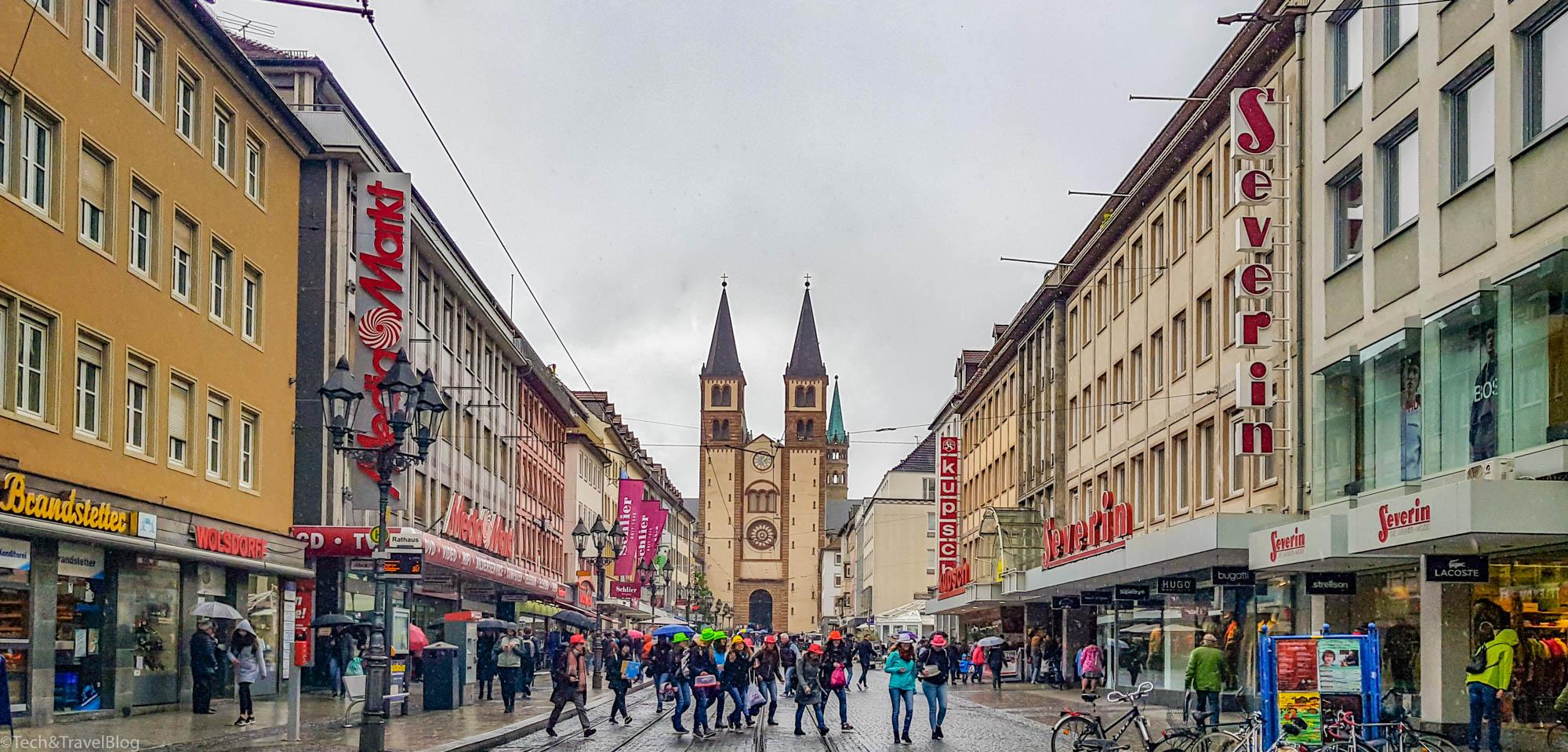
Although many of the buildings look old, Würzburg today is far from the original. About 2 months before Germany surrendered in World War II, the city was 90% destroyed.

Buildings, monuments and churches were damaged or destroyed in an air raid on 16 March 1945 that lasted less than 20 minutes, where 225 British planes dropped bombs on the city.
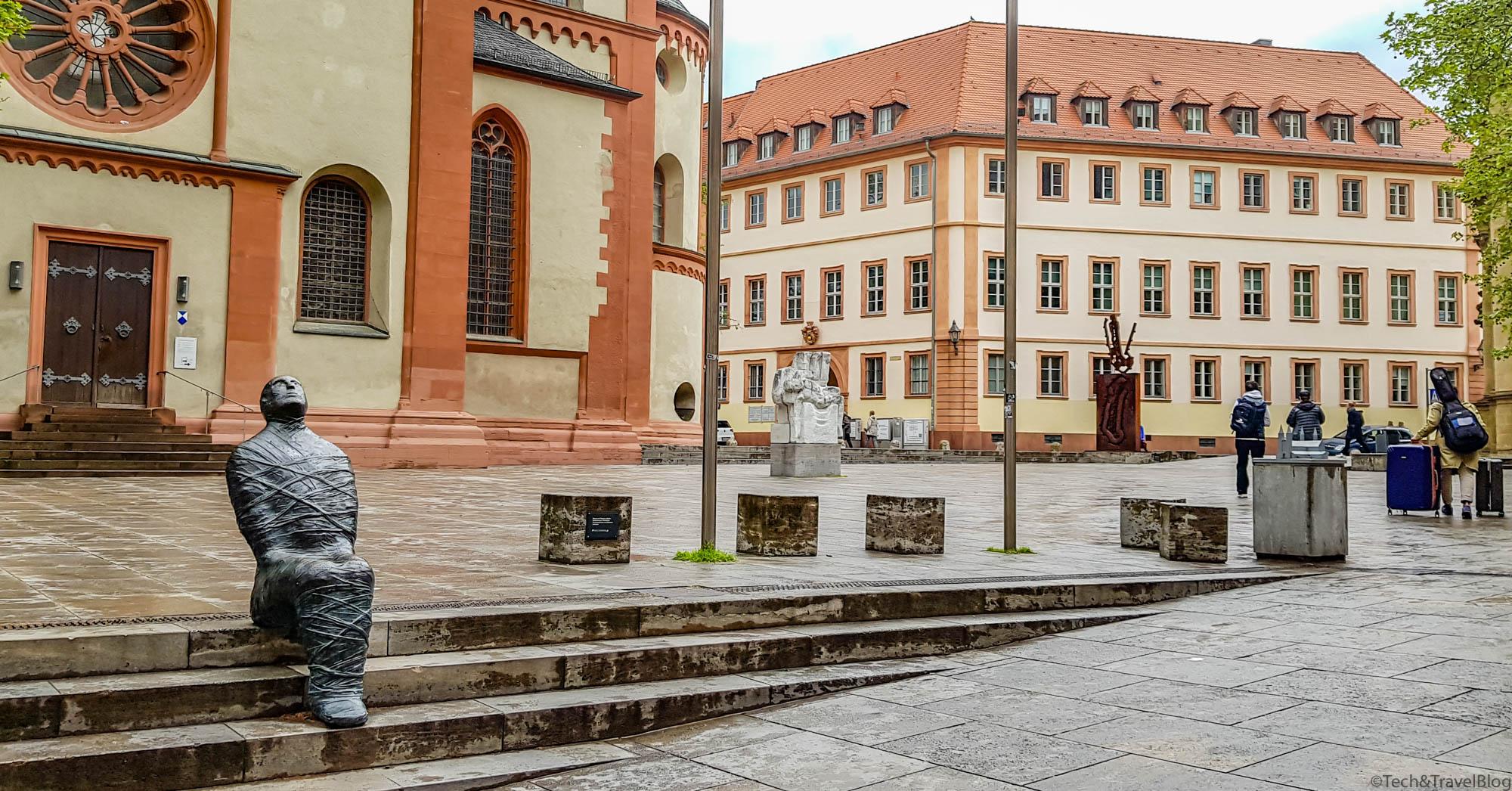
The historic center dating back to the medieval period was totally destroyed in a fire in which 5000 people lost their lives. Over the next 20 years, all the buildings were renovated or rebuilt. The people who helped to rebuild the city were mostly women, because the men were dead from the war or prisoners. Würzburg is recognized today as the “City of 100 Churches“, being the northern limit of the Romantische Straße tourist route.
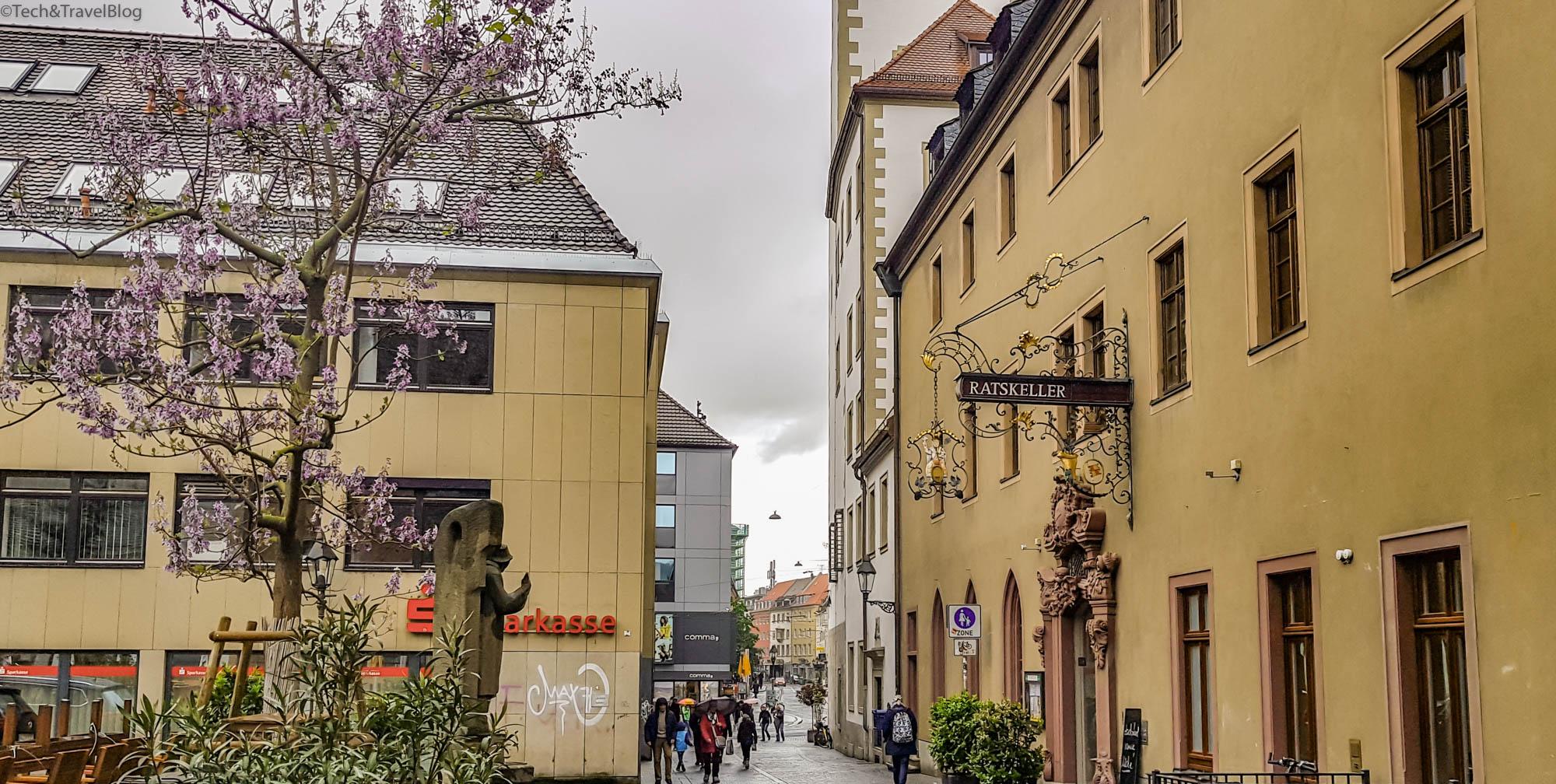
Two great personalities lived in Würzburg: Wilhelm Conrad Röntgen – German physicist, professor at Würzburg University – who discovered the X-rays (Röntgen radiation) in 1895. In 1901 he was awarded the Nobel Prize for Physics. The second is Werner Heisenberg, born in Würzburg, recognized as one of the founders of quantum physics, he was laureate of the Nobel Prize for physics in 1932.
What can you visit in Würzburg?
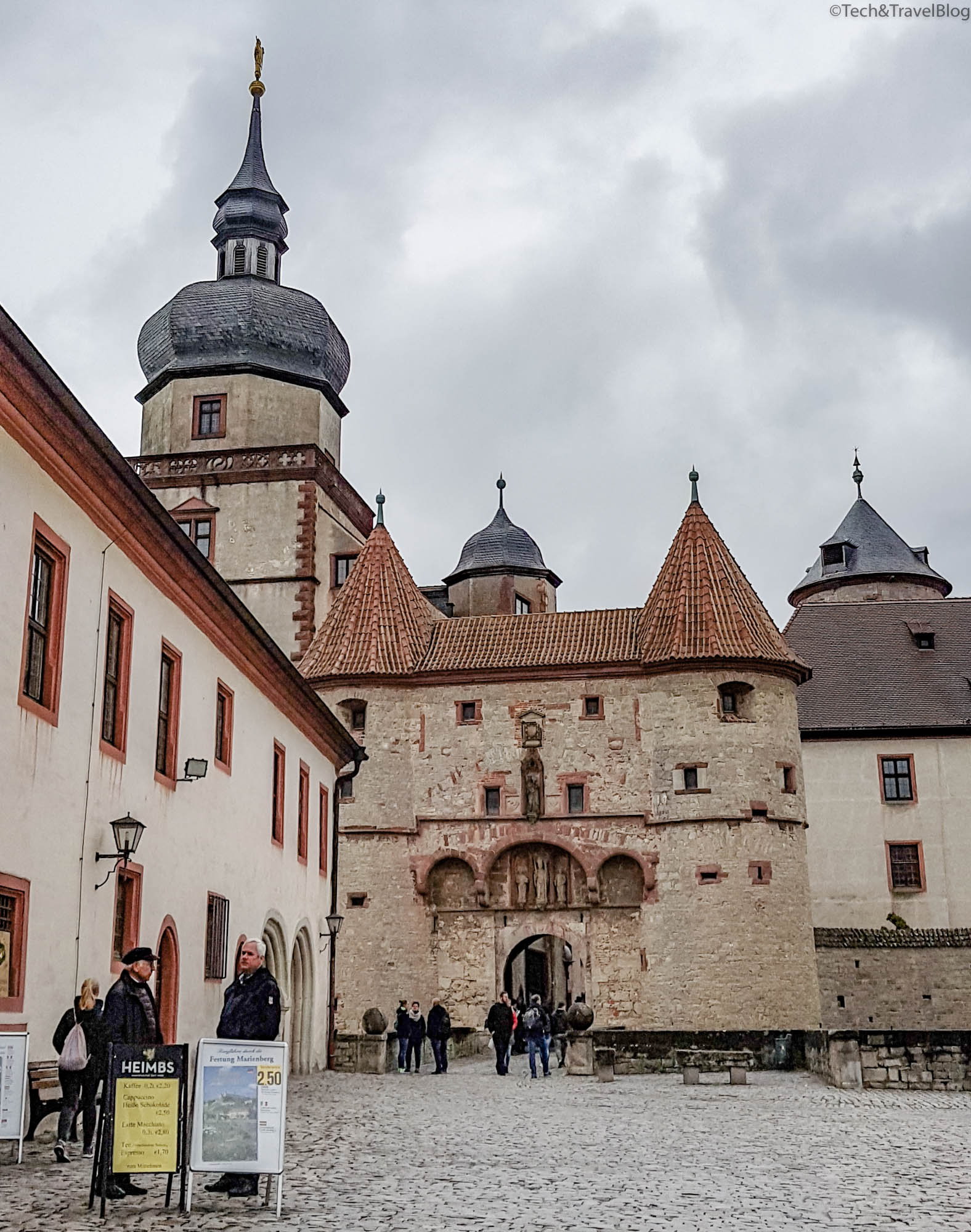
The medieval fortress Marienberg (Festung Marienberg) dominates the landscape above the river Main. In the Bronze Age, a Celtic fortification stood on the site of the current fortress.
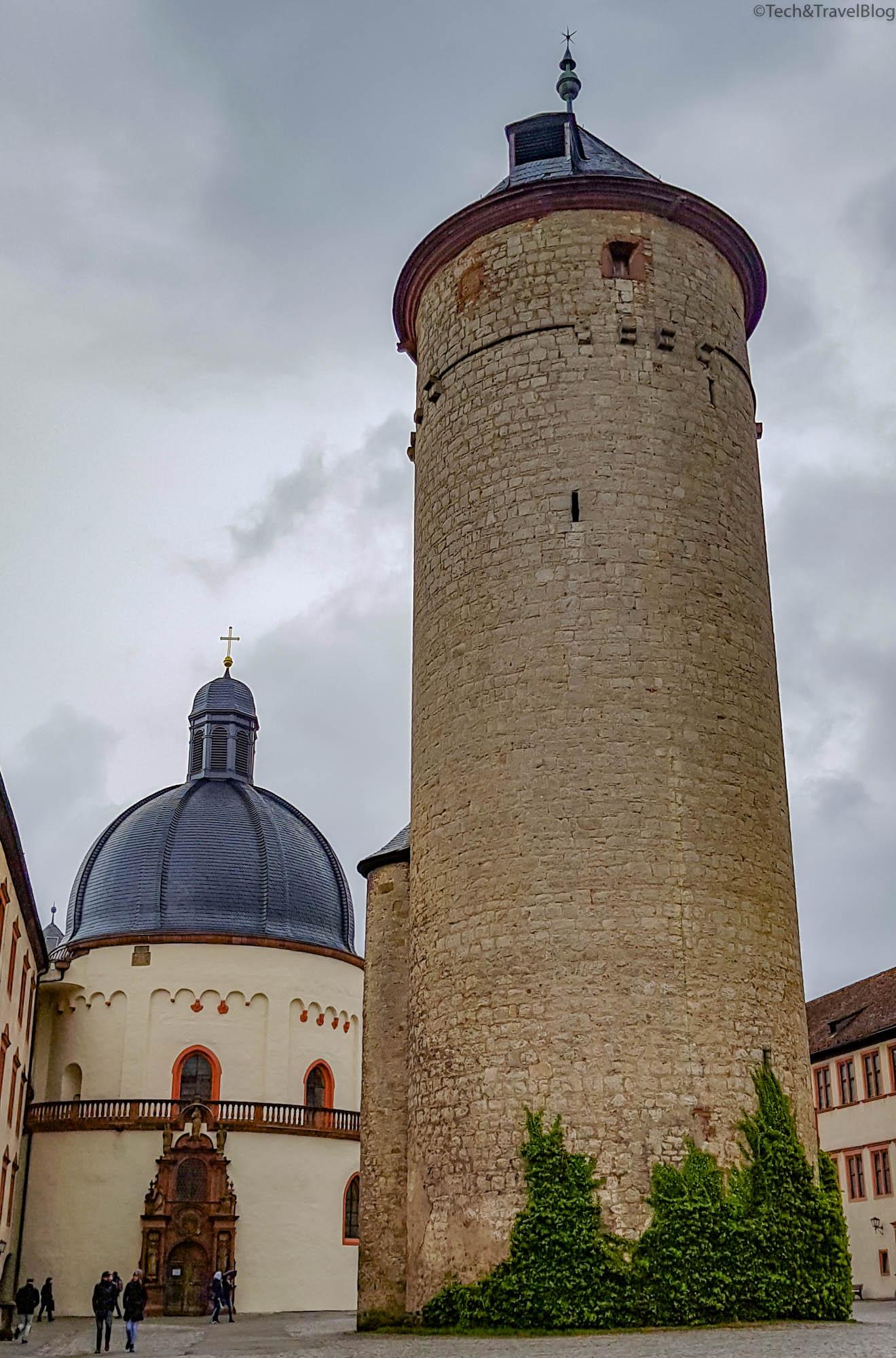
Renovated several times over time, the oldest preserved parts are about 1000 years old, one of them being the Church of St. Mary – the first church of the bishops of Würzburg .
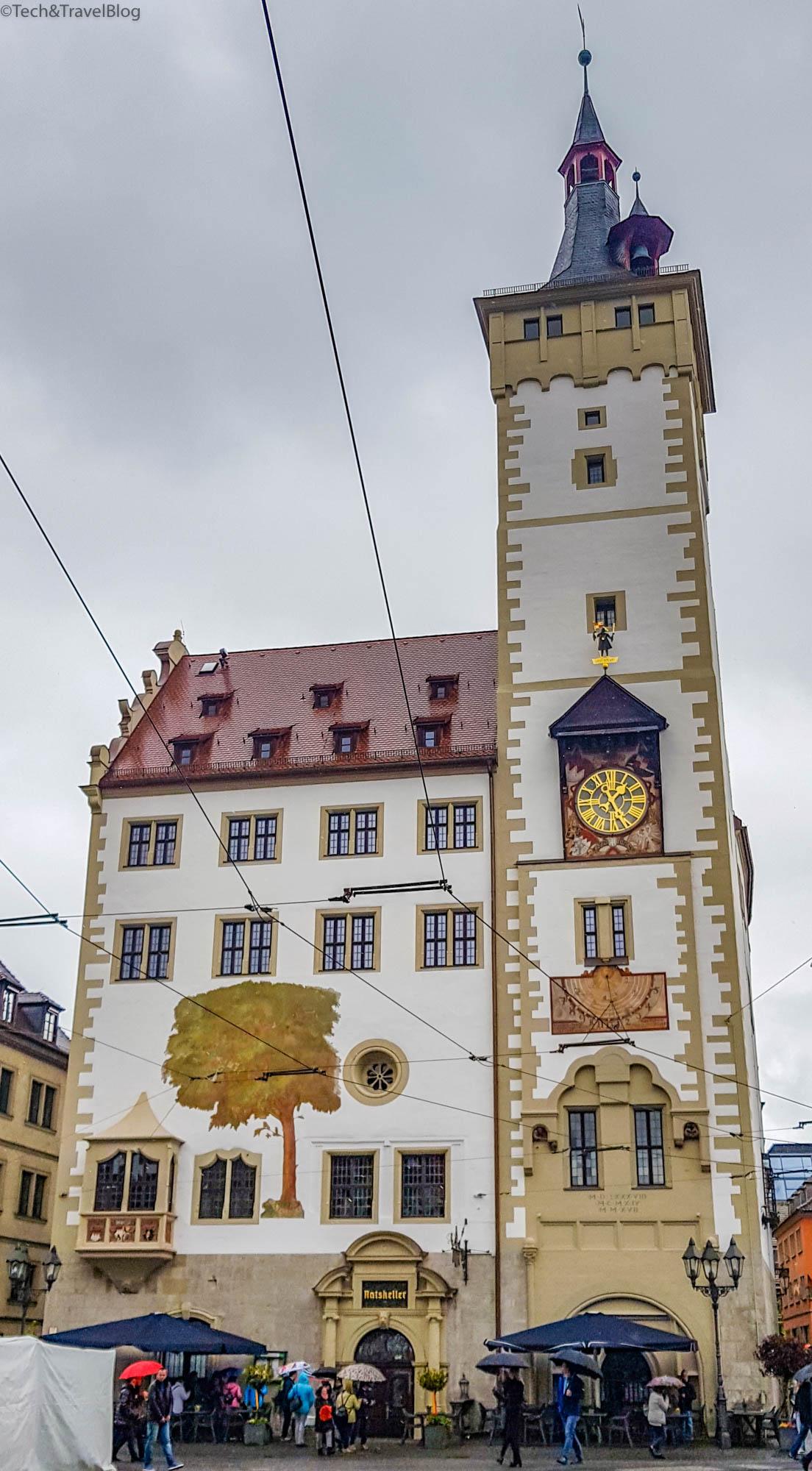
The Würzburger Rathaus (Town Hall) is located in the old town, its Romanesque tower dating from around 1250. Inside there is a café as well as numerous meeting rooms.
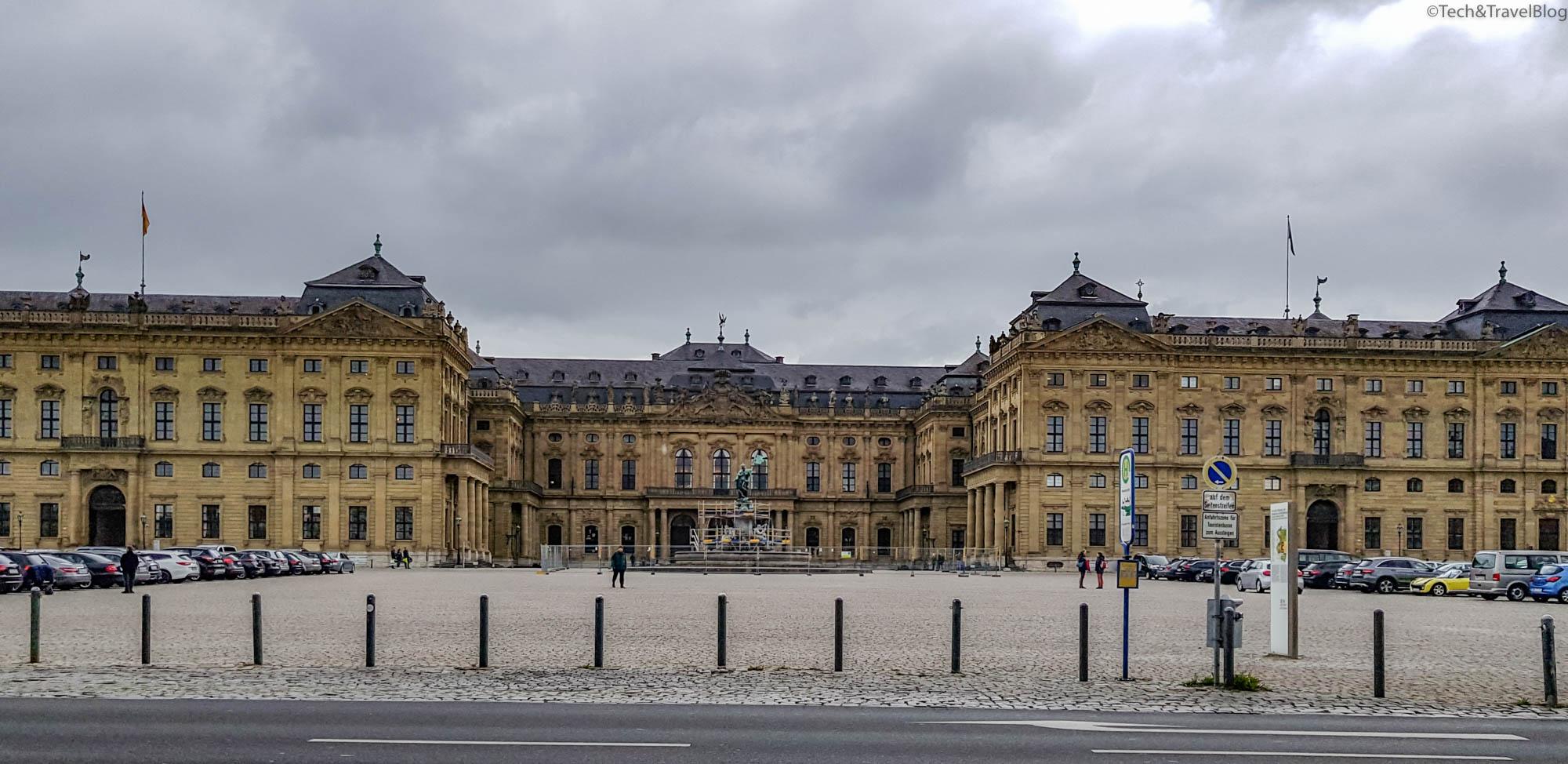
The Würzburger Residenz, one of the most beautiful secular Baroque buildings in Germany, is located in the Residenzplatz. Inside is the world’s largest fresco (made by the Venetian painter Giovanni Battista Tiepolo), called the four continents, and Germany‘s largest baroque staircase (Treppenhaus). The price for visiting the castle is €7.5/person.
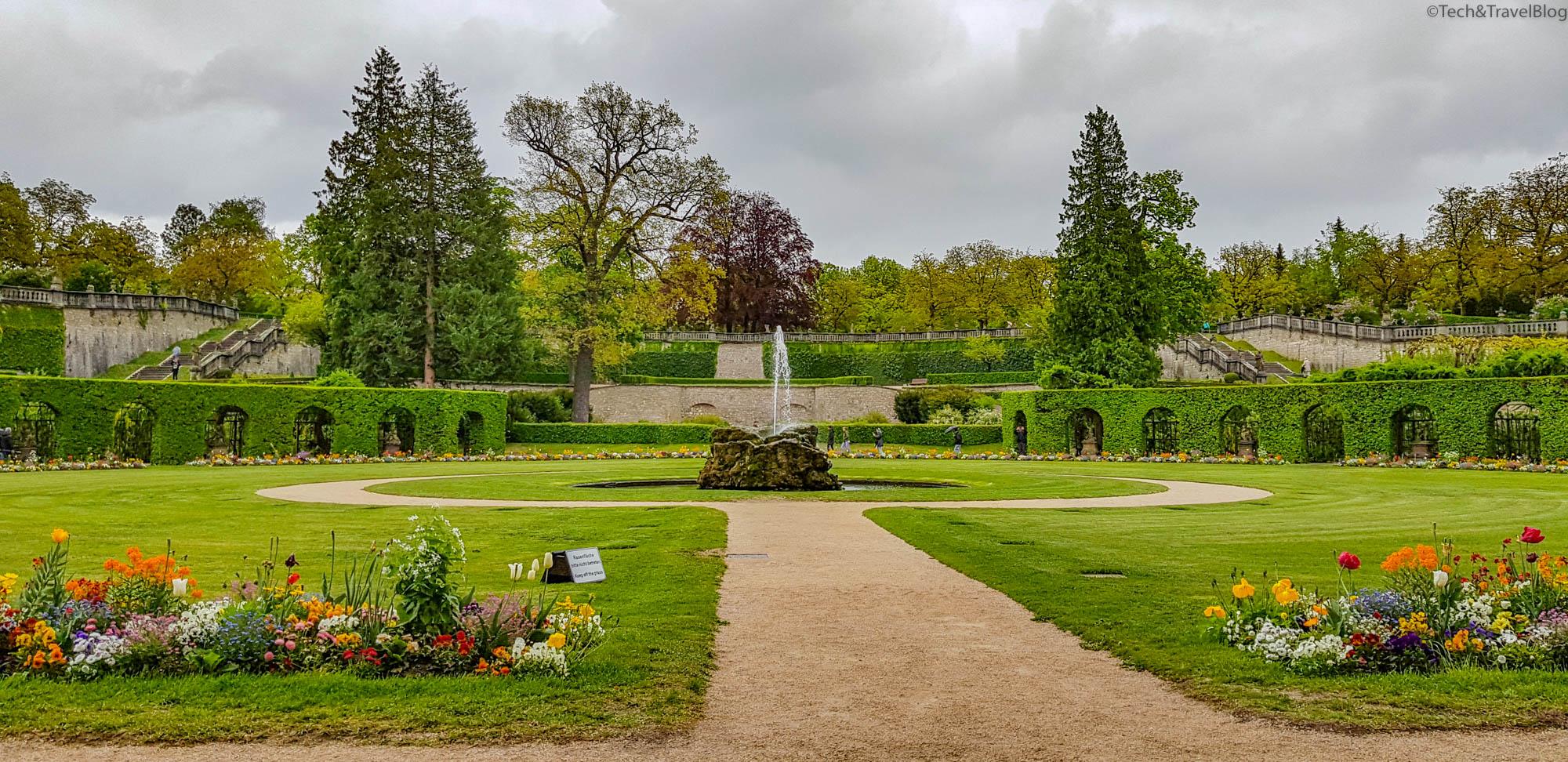
Behind the Residenz is the Hofgarten – the spectacular palace garden, made in the French style and considered to be the best preserved Rococo garden in the country. Inside there are baroque sculptures, fountains, an artificial lake, fruit trees and multicolored flowers. In 1981, the palace, the gardens and the residential square were included in the UNESCO world cultural heritage list.
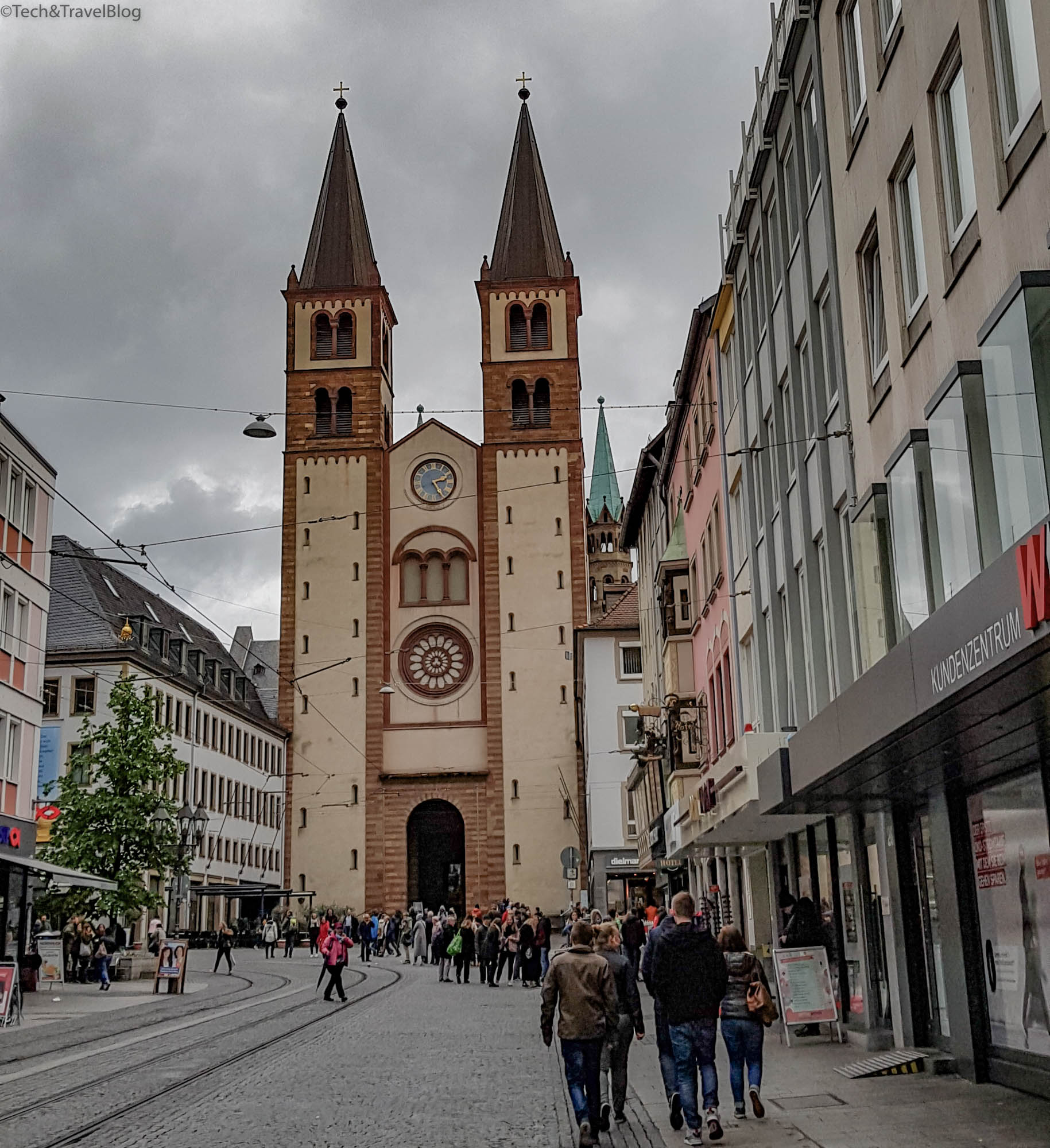
Würzburger Dom – Catholic Cathedral of Würzburg dedicated to St. Kilian – the fourth largest cathedral in the Romanesque style (with a total length of 105 meters) in Germany. The construction of the church began in 1040 and was finished in 1225.
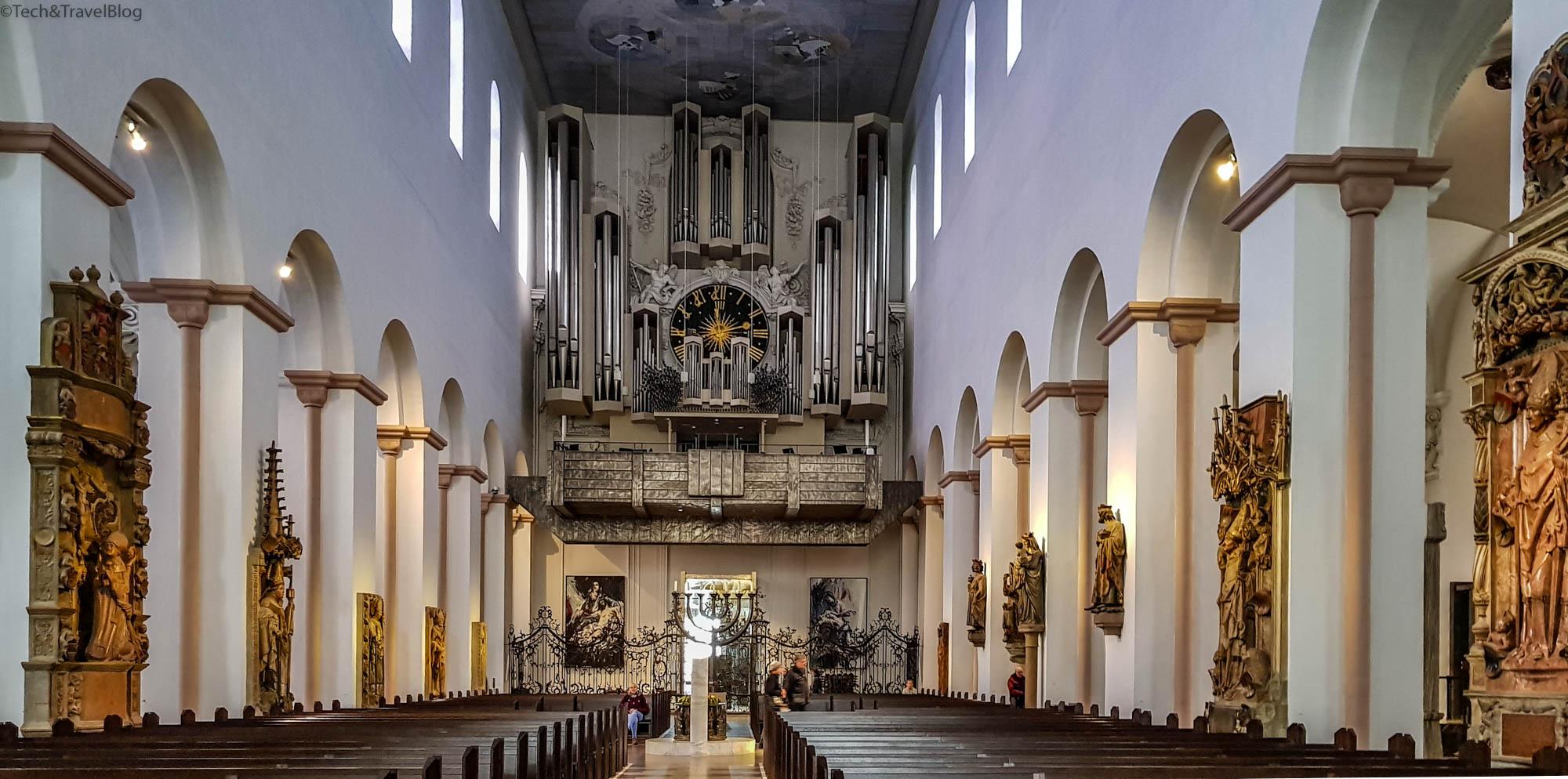
After the fire in the Second World War, the reconstruction of the church lasted until 1967.
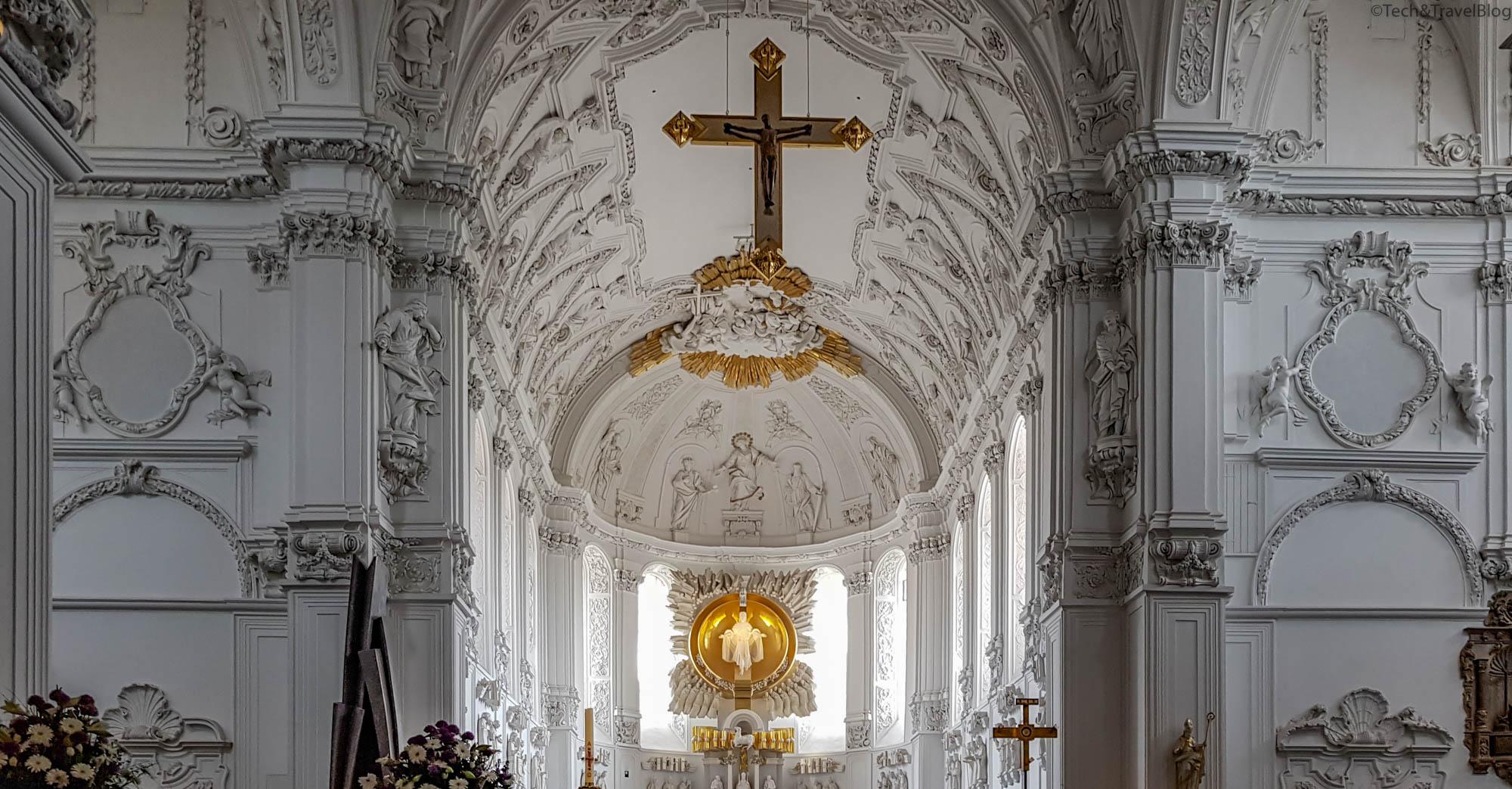
The interior is richly decorated with baroque elements, some of which remained intact after the bombing.
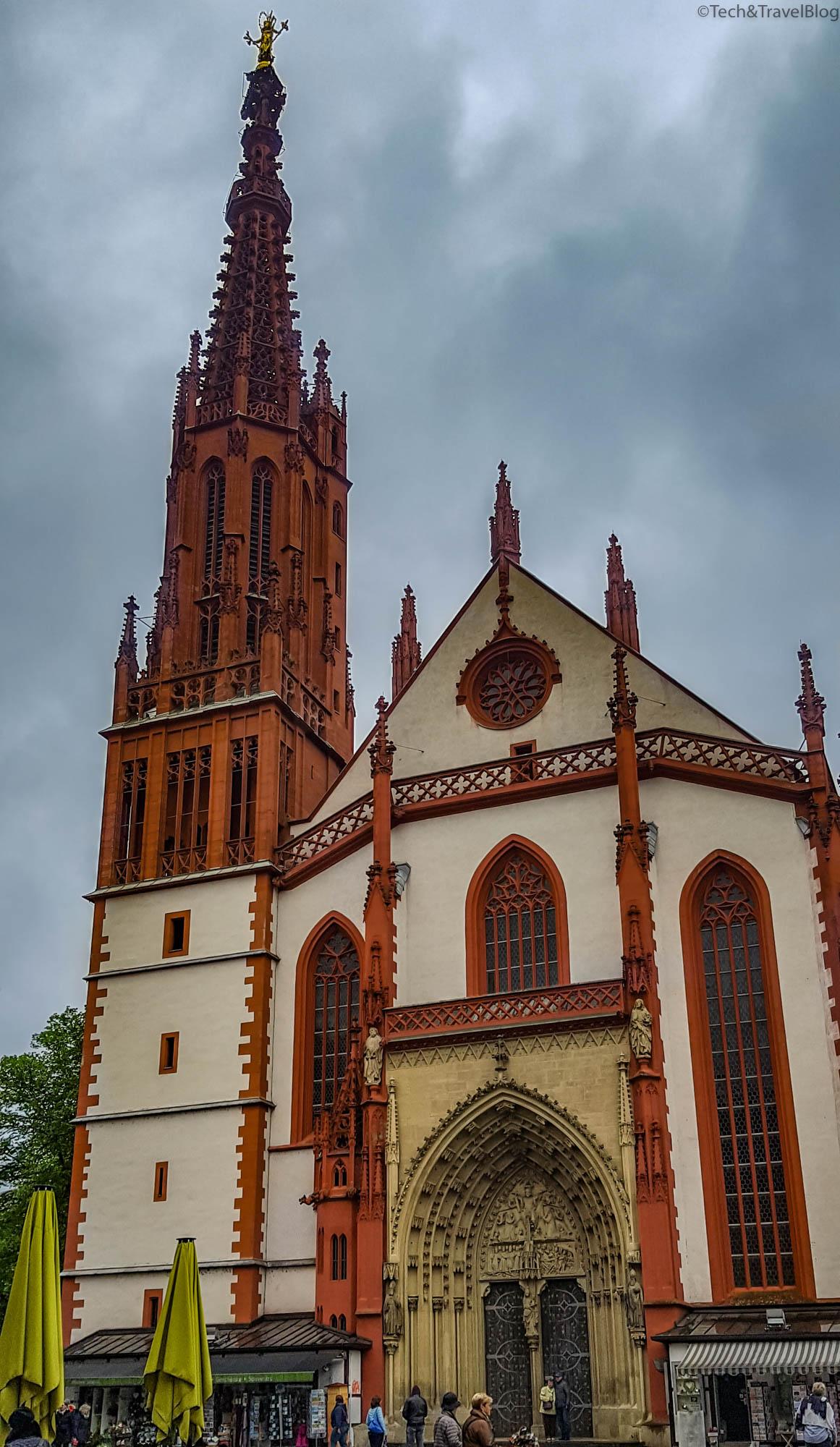
The St. Mary’s Chapel (Marienkapelle) in the Marktplatz was built in the Gothic style in the 15th century.
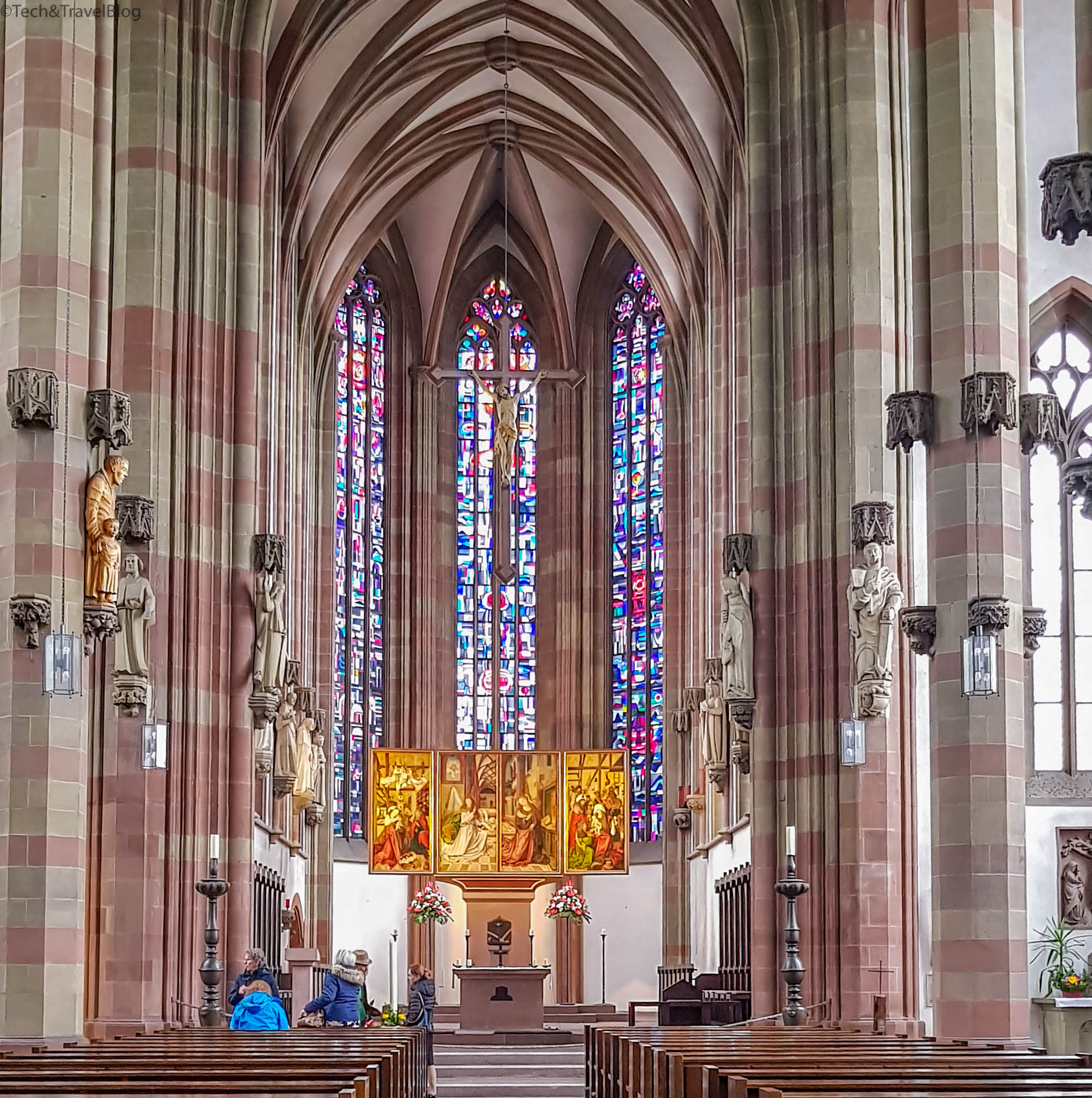
The interior is adorned with extravagant marble elements, rich ornaments and rich stucco compositions.
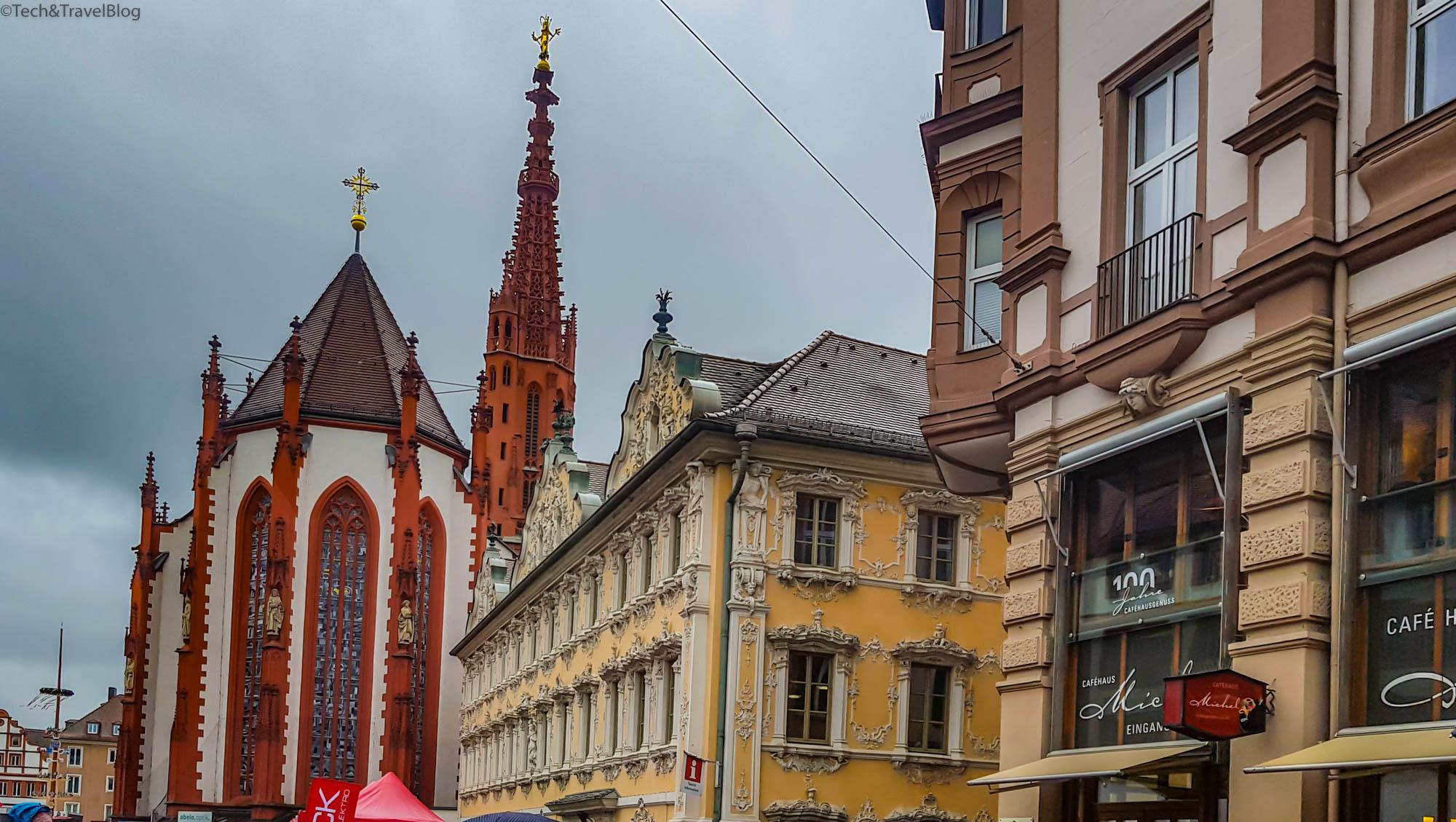
Next to the chapel is the Haus zum Falken – the most beautiful baroque house in the city which today houses the tourist information center.
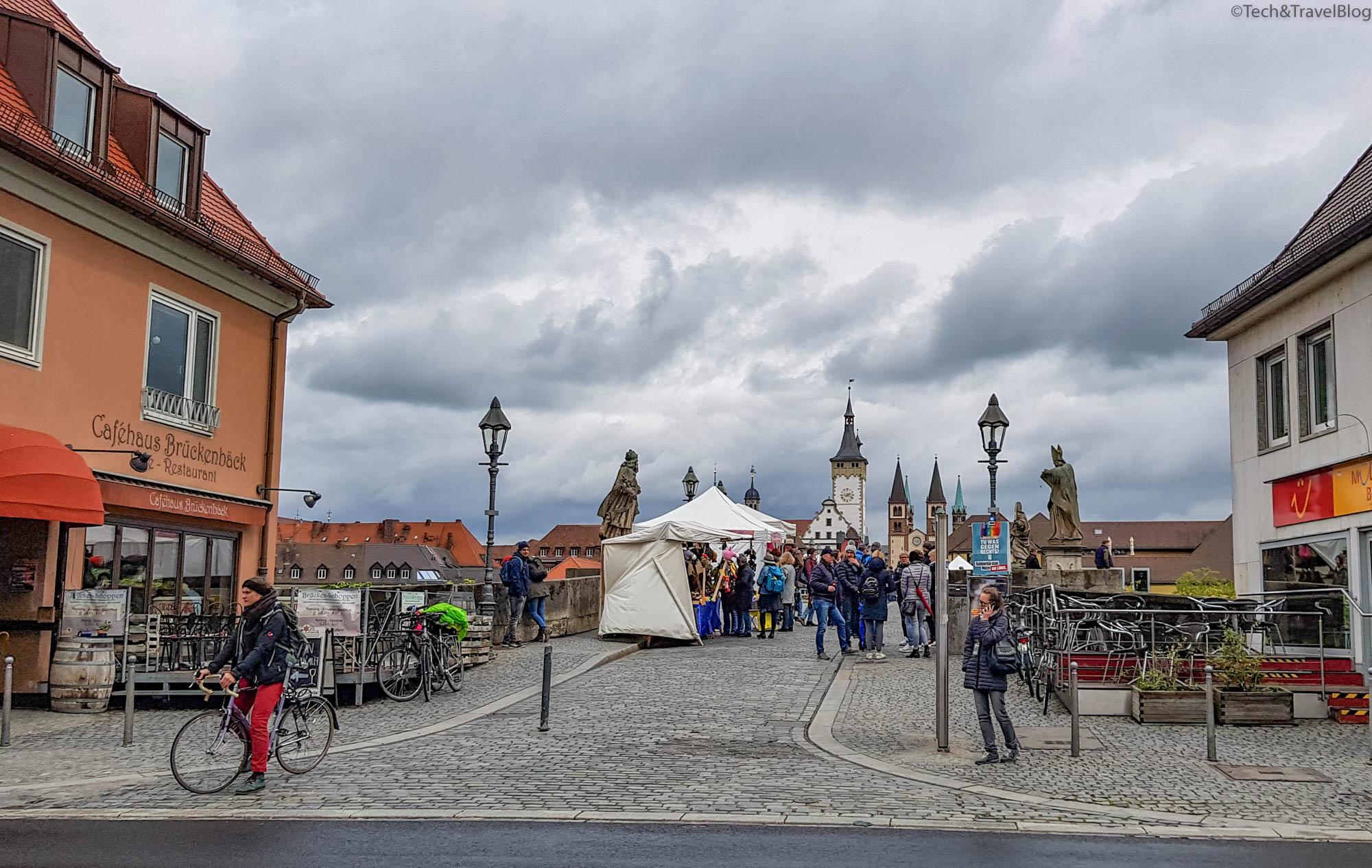
The old bridge over the river Main (Alte Mainbrücke) was built between the years 1473-1543 to replace another bridge dating from 1133. The statues that adorn it are represented by saints and personalities related to the city.
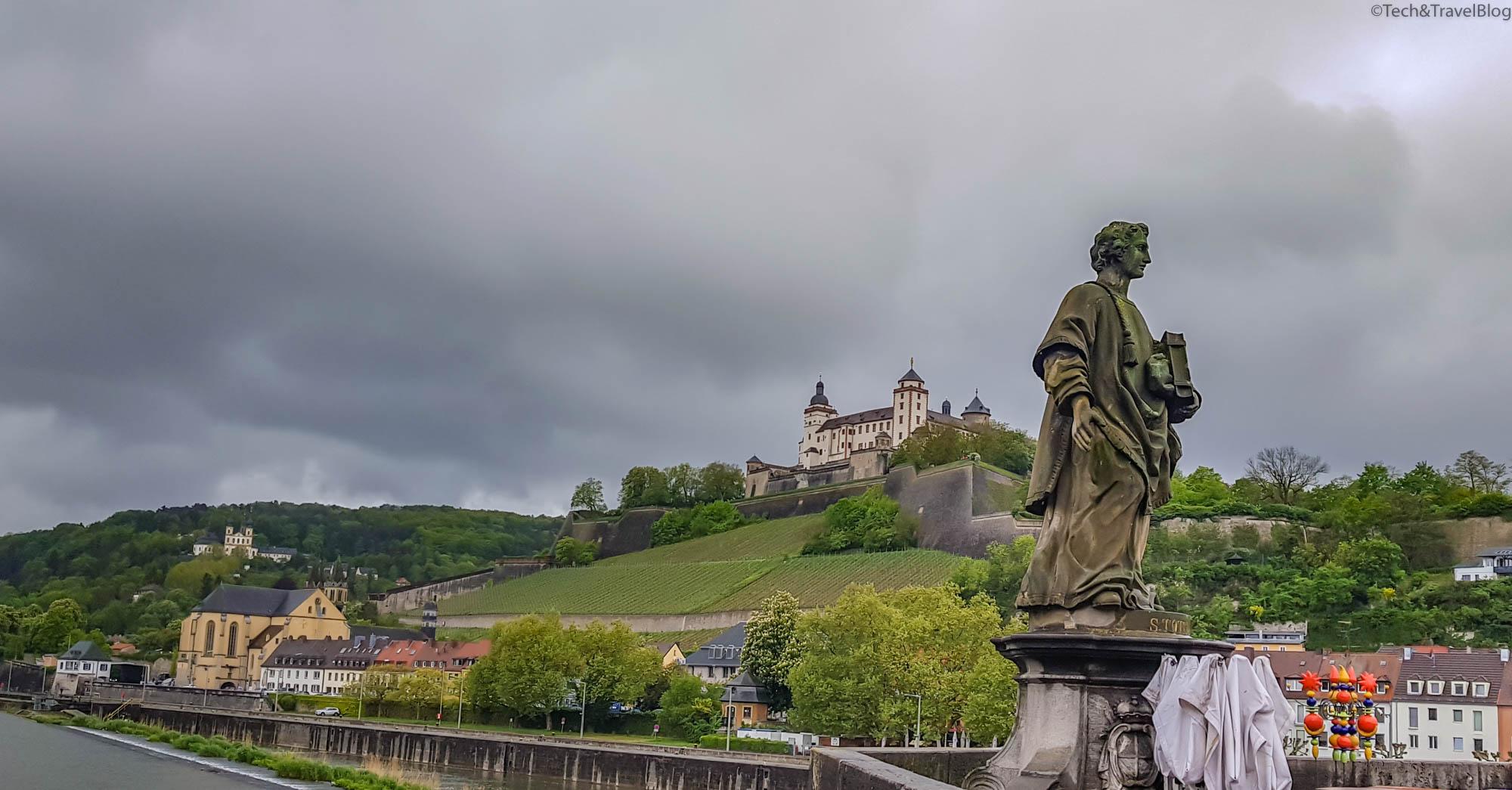
From the Alte Mainbrücke you have a superb view of the Marienberg Fortress.
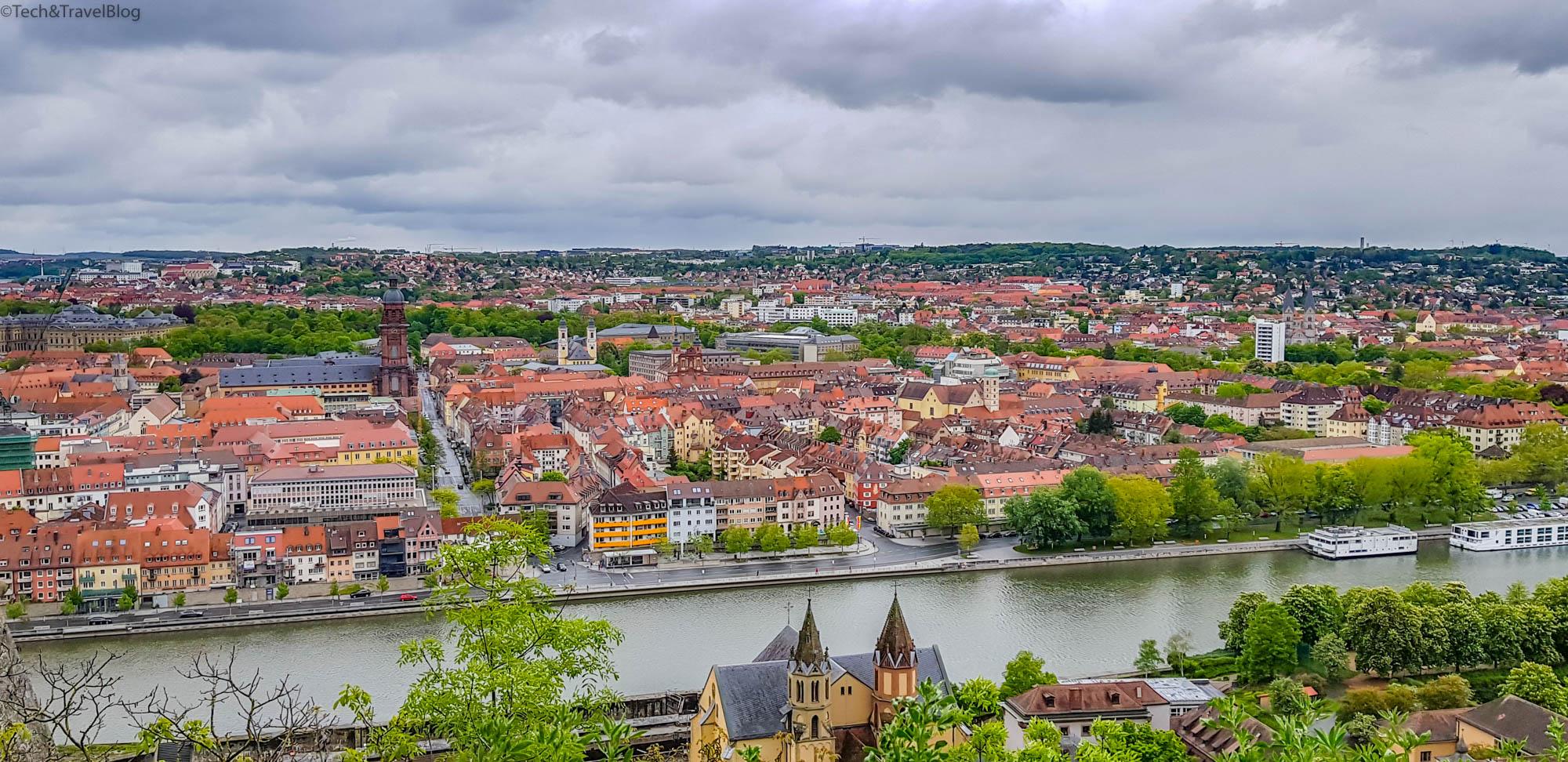
The rain and gloomy weather did not allow us to take nice pictures (as happened in Rothenburg ob der Tauber), but in our short stop we managed to see some of the most famous tourist attractions of the city, and then we we continue the road to Bamberg.

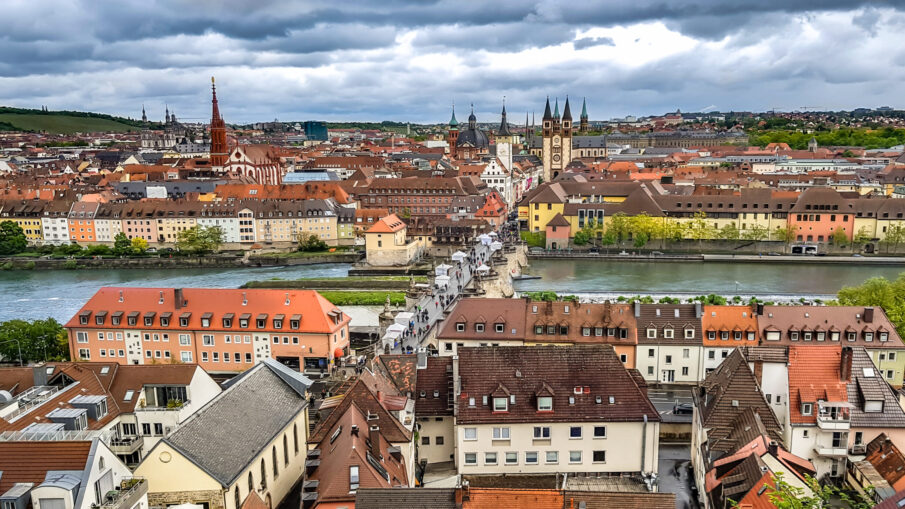
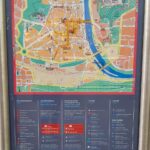
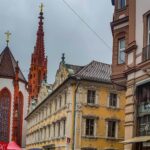
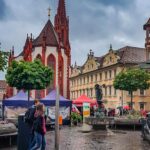
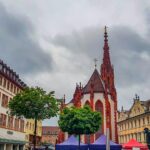
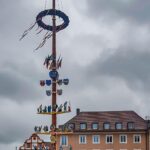
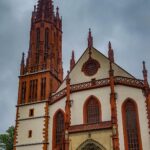
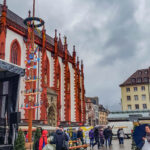
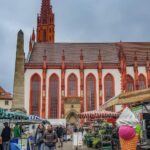
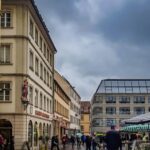
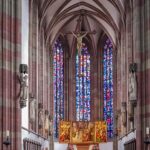
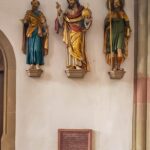
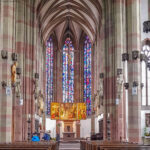
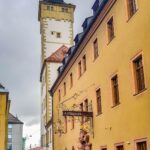
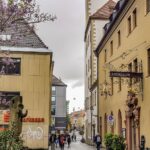
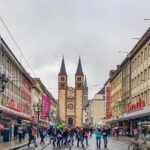
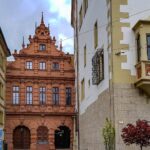
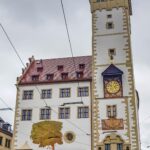
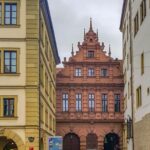
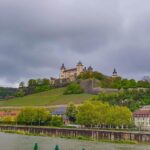

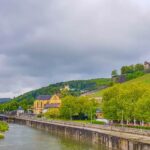
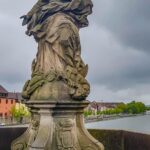
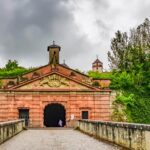
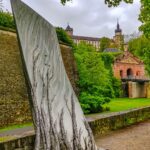
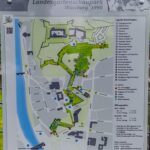
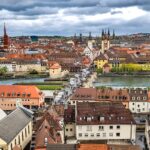
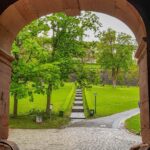
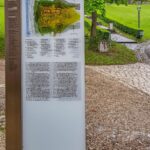
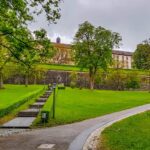
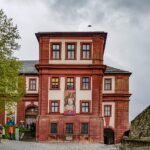
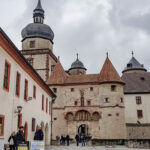
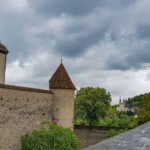
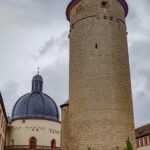
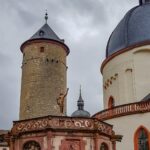
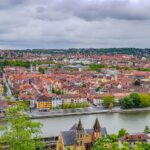
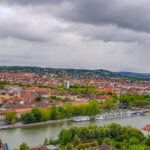
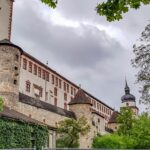
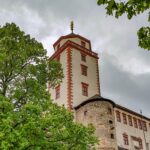
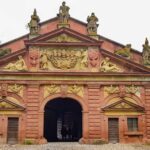
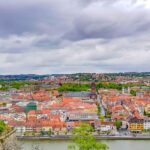
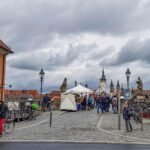
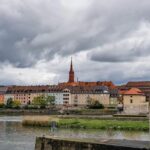
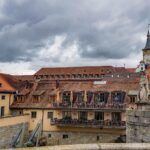
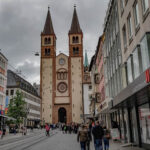
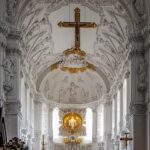
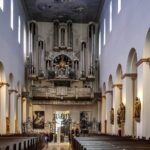
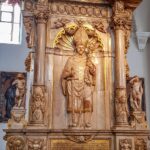
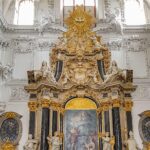

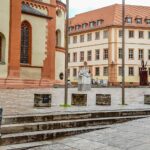
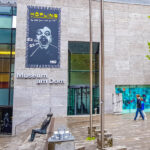
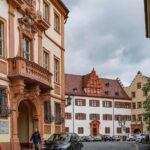
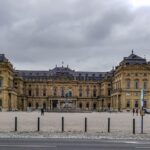

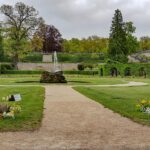
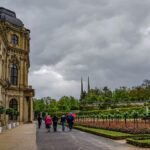

Leave a Reply